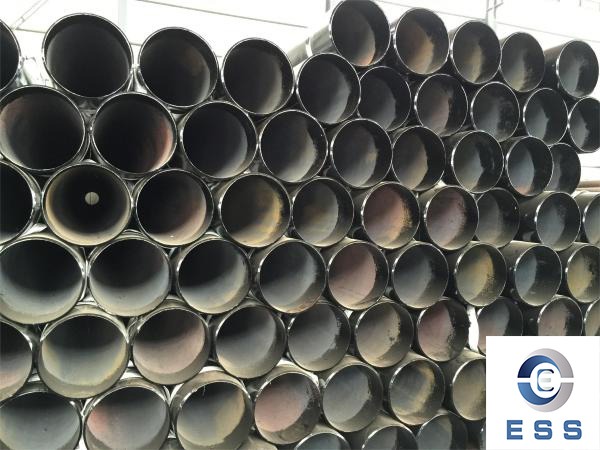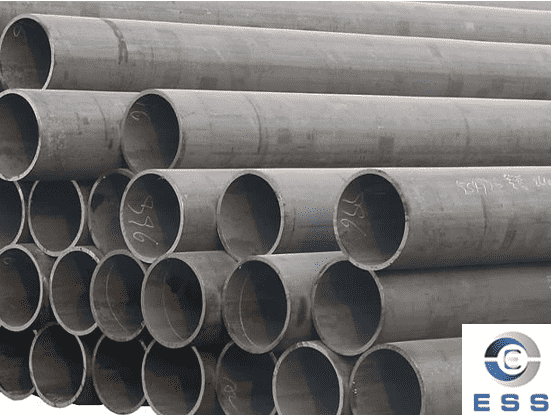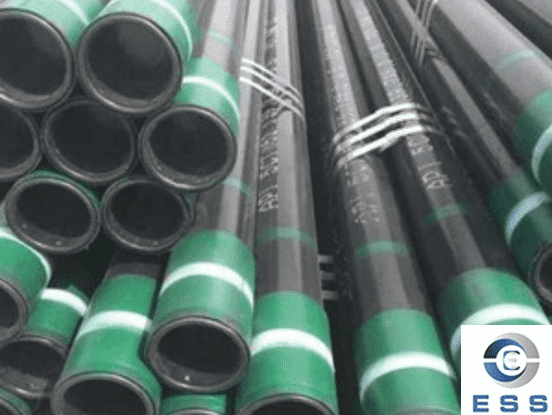A complete list of steel weight calculation formulas
Weight classification
1. Actual weight: The actual weight of the steel refers to the weight obtained by the actual weighing (weighting) of the steel, which is called the actual weight. The actual weight is more accurate than the theoretical weight.
2. Theoretical weight: The theoretical weight of steel is calculated according to the nominal size and density of steel (called specific gravity in the past), which is called theoretical weight. This is directly related to the length dimension, cross-sectional area and size tolerance of the steel. Due to the allowable deviation of the steel in the manufacturing process, the theoretical weight calculated by the formula is somewhat different from the actual weight, so it is only used as a reference for estimation.

Calculation method
1. Gross weight: It is the symmetry of "net weight", which is the total weight of steel itself and packaging materials. The shipping company calculates the freight by gross weight.
2. Net weight: It is the symmetry of "gross weight". The weight after subtracting the weight of the packaging material from the gross weight of the steel, that is, the actual weight, is called the net weight. In the purchase and sale of steel products, it is generally calculated by net weight.
3. Tare weight: the weight of the steel packaging material, called the tare weight.
4. Weight ton: the unit of weight used when calculating freight based on the gross weight of steel. Its legal unit of measurement is ton (1000kg), and there are also long tons (1016.16kg in British system) and short tons (907.18kg in American system).
5. Billing weight: also known as "billing ton" or "freight ton". The weight of steel for which shipping is charged. Different transportation methods have different calculation standards and methods. Such as railway vehicle transportation, generally use the marked load of the truck as the billing weight. For road transport, the freight is charged based on the tonnage of the vehicle. For the less-than-truckload of railways and highways, the minimum chargeable weight is based on the gross weight of several kilograms, and rounded up if it is insufficient.
The formula for calculating the theoretical weight of steel
1. The unit of measurement for calculating the theoretical weight of steel is kilograms (kg). Its basic formula is:
W (weight kg) = F (cross-sectional area mm2) × L (length m) × ρ (density g/cm3) × 1/1000
2. The density ρ of steel is: 7.85g/cm3, from which the theoretical weight calculation formula of various steel materials is as follows:
Steel pipe (including
seamless pipe weight calculation)
Calculation unit: kg/m
Calculation formula: W=0.02466×S (D–S)
Formula description: D=outer diameter, S=wall thickness
Calculation example: for a seamless steel pipe with an outer diameter of 60mm and a wall thickness of 4mm, find the weight per m. Weight per m=0.02466×4×(60–4)=5.52kg
Round steel/wire rod
Calculation unit: kg/m
Calculation formula: W=0.006165×d2
Formula description: d=diameter mm,
Calculation example: For a round steel with a diameter of 100mm, find the weight per m. Weight per m=0.006165×1002=61.65kg
Rebar
Calculation unit: kg/m
Calculation formula: W=0.00617×d2
Formula description: d=section diameter mm
Calculation example: Find the weight per m of rebar with a section diameter of 12mm. Weight per m=0.00617×122 ≈0.89kg
Square steel
Calculation unit: kg/m
Calculation formula: W=0.00785×a2
Formula description: a=side width mm
Calculation example: Find the weight per m of a square steel with a side width of 20mm. Weight per m=0.00785×202=3.14kg
Flat steel
Calculation unit: kg/m
Calculation formula: W=0.00785×b×d
Formula description: b=side width, d=thickness mm
Calculation example: Find the weight per m of a flat steel with a side width of 40mm and a thickness of 5mm. Weight per m=0.00785×40×5=1.57kg
Hexagonal steel
Calculation unit: kg/m
Calculation formula: W=0.006798×s2
Formula description: s=distance across sides mm
Calculation example: Calculate the weight per m of a hexagonal steel with a distance of 50mm across sides. Weight per m=0.006798×502=16.995kg
Octagonal steel
Calculation unit: kg/m
Calculation formula: W=0.0065×s2
Formula description: s=distance across sides mm
Calculation example: for an octagonal steel with a distance of 80 mm across sides, find the weight per m. Weight per m=0.0065×802=41.6kg
Equilateral Angle Steel
Calculation unit: kg/m
Calculation formula: W=0.00785×[d(2b–d)+0.215(R2–2r2)]
Formula description: b=side width, d=side thickness, R=inner arc radius, r=end arc radius (outer arc)
Calculation example: Find the weight per m of 20mm×4mm equilateral angle steel. From the catalog of metallurgical products, it is found that the R of 4mm×20mm equilateral angle steel is 3.5, and r is 1.2, then the weight per m=0.00785×[4×(2×20–4)+0.215×(3.52–2×1.22)] =1.15kg
Unequal angle steel
Calculation unit: kg/m
Calculation formula: W=0.00785×[d(B+b–d)+0.215(R2–2r2)]
Formula description: B=long side width, b=short side width, d=side thickness, R=inner arc radius, r=end arc radius
Calculation example: Find the weight per m of 30mm×20mm×4mm unequal angle steel. From the catalog of metallurgical products, it is found that R of 30×20×4 unequal angle steel is 3.5, r is 1.2, then the weight per m=0.00785×[4×(30+20–4)+0.215×(3.52–2× 1.22)]=1.46kg
Channel steel
Calculation unit: kg/m
Calculation formula: W=0.00785×[hd+2t(b–d)+0.349(R2–r2)]
Formula description: h=height, b=leg length, d=waist thickness, t=average leg thickness, R=inner arc radius, r=end arc radius
Calculation example: Find the weight per m of channel steel of 80mm×43mm×5mm. It is found from the catalog of metallurgical products that the t of the channel steel is 8, the R is 8, and the r is 4, then the weight per m=0.00785×[80×5+2×8×(43–5)+0.349×(82–42 )]=8.04kg
I-beam
Calculation unit: kg/m
Calculation formula: W=0.00785×[hd+2t(b–d)+0.615(R2–r2)]
Formula description: h=height, b=leg length, d=waist thickness, t=average leg thickness, R=inner arc radius, r=end arc radius
Calculation example: Find the weight per m of I-beam of 250mm×118mm×10mm. From the metal material manual, it is found that the t of the I-beam is 13, R is 10, and r is 5, then the weight per m=0.00785×[250×10+2×13×(118–10)+0.615×(102– 52)]=42.03kg
Steel plate
Calculation unit: kg/m2
Calculation formula: W=7.85×d
Formula description: d=thick
Calculation example: For a steel plate with a thickness of 4mm, find the weight per m2. Weight per m2=7.85×4=31.4kg













 Eastern Steel Manufacturing Co.,Ltd not only improve product production and sales services, but also provide additional value-added services. As long as you need, we can complete your specific needs together.
Eastern Steel Manufacturing Co.,Ltd not only improve product production and sales services, but also provide additional value-added services. As long as you need, we can complete your specific needs together.










